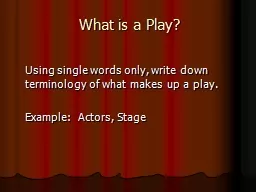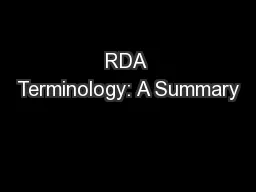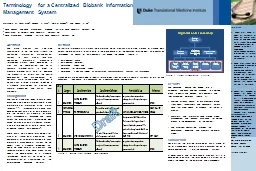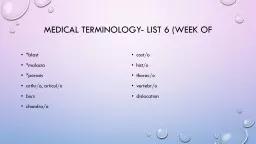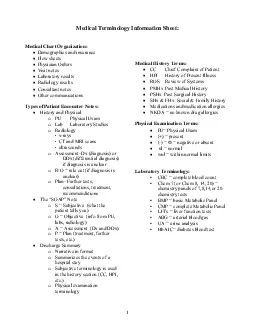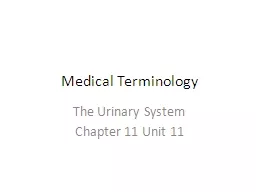PPT-What is a Play? Using single words only, write down terminology of what makes up a
Author : acenum | Published Date : 2020-06-23
Example Actors Stage What is a Play It is not a thing but an event taking place in real time and occupying real space It is a drama original from the Greek word
Presentation Embed Code
Download Presentation
Download Presentation The PPT/PDF document "What is a Play? Using single words on..." is the property of its rightful owner. Permission is granted to download and print the materials on this website for personal, non-commercial use only, and to display it on your personal computer provided you do not modify the materials and that you retain all copyright notices contained in the materials. By downloading content from our website, you accept the terms of this agreement.
What is a Play? Using single words only, write down terminology of what makes up a: Transcript
Download Rules Of Document
"What is a Play? Using single words only, write down terminology of what makes up a"The content belongs to its owner. You may download and print it for personal use, without modification, and keep all copyright notices. By downloading, you agree to these terms.
Related Documents

